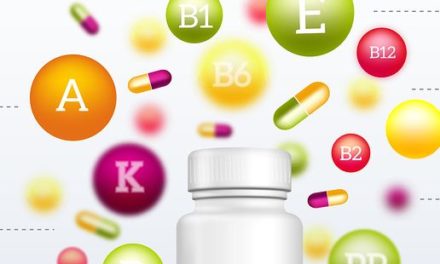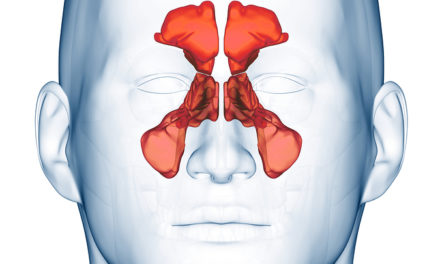
Folic Acid
Folic acid functions as a coenzyme, together with vitamins B12 and C in the breakdown and utilization of proteins. Folic acid performs its basic role as a carbon carrier in the formation of heme. It is also needed for the formation of nucleic acid.
Folic acid is necessary for proper brain function. It is concentrated in the spinal and extracellular fluids. It is essential for mental and emotional health. It increases the appetite and stimulates the production of hydrochloric acid and aids in liver function.
Folic acid is easily destroyed by high temperature, by light and by being left at room temperature for long periods of time. It is one of the nutrients most often deficient in our diets. Deficiency can lead to glossitis, GI disturbances, poor growth, skin problems, obstetric disorders such as toxemia of pregnancy, neuropathy and psychiatric disorders. It can cause a megaloblastic anemia.
The need for the vitamin is especially increased during pregnancy. The fetus needs folic acid for its rapid growth and quickly depletes the mother’s reserves. WHO reports that 1/3 to 1/2 of pregnant women are folic acid deficient. Spina bifida is associated with low levels of folic acid in the mother at the time of conception. Almost any interference with the metabolism of folic acid in the fetus can contribute to deformities like cleft palate or brain damage. It can cause slow development and poor learning ability in the child.
Deficiency of folate in pregnancy can lead to toxemia, premature birth, afterbirth hemorrhaging and megaloblastic anemia (in both mother and child).
In the United States, folic acid supplements must be less than 800 mcg because taking too much of it can mask a B12 deficiency.
Folica acid helps with cognition
Folic acid and heart attack recovery
Am J Clin Nutr Apr 1975 pp 346-53 Folate deficiency may be associated with use of oral contraceptives (JAMA 214:105-8, 1970). The changes in cervical smears (cervical dysplasia) seem to correlate with low folate levels (40% of women tested).






